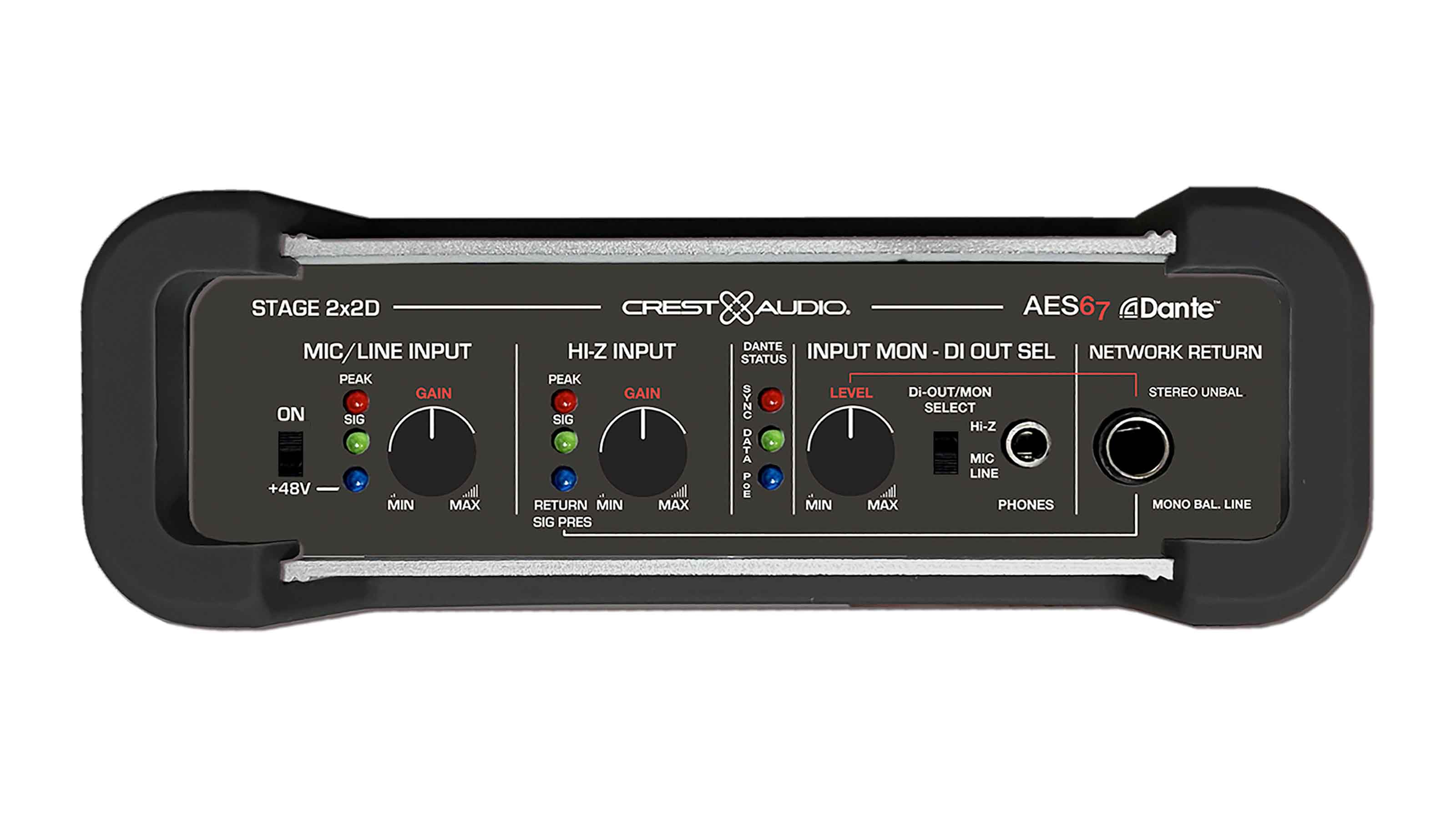5 Tips for AV Project Success

When sitting down with your clients to discuss upcoming audiovisual projects, it can be easy to get lost in the minutiae and the equipment list. However, a customer will not necessarily focus on these items when they’re determining whether the project implementation is successful or not. Here are five simple ways to make sure any AV project is a success from start to finish.
Meet with the key players.
The first and most important step in the audiovisual project cycle is to conduct your first meeting with the decision maker. There are many times where technology managers, or integrators for that matter, are brought into the project cycle without meeting with the decision maker. In a higher education setting, it could be a department chair or a dean requesting technology for their conference room or a new building. If this is the case, make sure you’re meeting with them. They’ll have the best idea of what they want, and a cursory meeting with a secretary, or other party, without the decision maker present has the may create more questions than answers. Meeting with the wrong people up front has the potential to derail a project before it gets going.
Remember, there is no such thing as too much documentation.
Document, document, document! And for good measure document some more. Regardless of how your organization operates, whether you work for a company that is big on email or a company that firmly believes in face-to-face meetings and conference calls, as a technology manager or integrator,you can never have too much information at your disposal. It’s important to document the needs analysis so that you can accurately design a system that will completely meet the needs of the requestor; even giving yourself a bit of headroom if budget allows and forgoing system features that aren’t necessary and will be seldom, if ever, used.
Constantly confirm and get buy-in.
Along every step of the way in an AV project, from initial meetings to training the system’s end users, it’s important to get confirmation and buy in. As you move through the design phase, constantly tie in the equipment list and system functions to the initial request and the applications it will be supporting. Getting buy in every step of the way will prevent frustrating meetings down the road. It ensures the client and requester have as much information as necessary to effectively make decisions. There’s nothing worse than having your purchase order (PO) get blindsided by lengthy unnecessary meetings to “remind” the customer of what the system will and will not do, how it will operate, and why the design you’ve selected is the right one for the project. Granted, there will always be organizations that have these last minute meetings, but having your “ducks in a row” every step of the way has the potential to limit these frustrating, time wasting, and often timeline crashing meetings.
Under promise and over deliver.
Nothing can turn a well-designed project into a perceived disaster than a project timeline that is always shifting and never hitting milestones and deadlines. Unfortunately, there’s no foolproof method to prevent shifting timelines and missed deadlines. This is especially true in situations where unrealistic expectations open the first meeting. For example, when an executive says “this needs to be done as soon as possible” or has even more unrealistic expectations, like cramming a six week project into 10 days. As the technology manager, it is imperative to accurately reflect what will be required in the procurement, installation, commissioning, and training phases. Agreeing to impossible timelines that you know you’re going to miss, even without change orders, doesn’t do anyone any good. Educate your clients on the trade offs of expediting an already tight timeline. For instance: “Yes, it’s absolutely possible to cut one week off the project, but we might not have as much time to test the system and conduct user training if that’s the case.”
Get final signoff.
Getting buy-in every step of the way is important, but the most important part is getting final signoff. Use the already detailed documentation you’ve generated to communicate to the client that your involvement in the project’s implementation is complete, and you’re ready to move from the project phase into the support phase. This will allow for a clear transition in roles, and cement in the mind of the customer that the project is done, the system is working to their liking, and the time for tweaking or issuing change orders has passed. It will also allow technology managers to begin work on their next project, or ramp up another project that is already in process.
A daily selection of the top stories for AV integrators, resellers and consultants. Sign up below.
